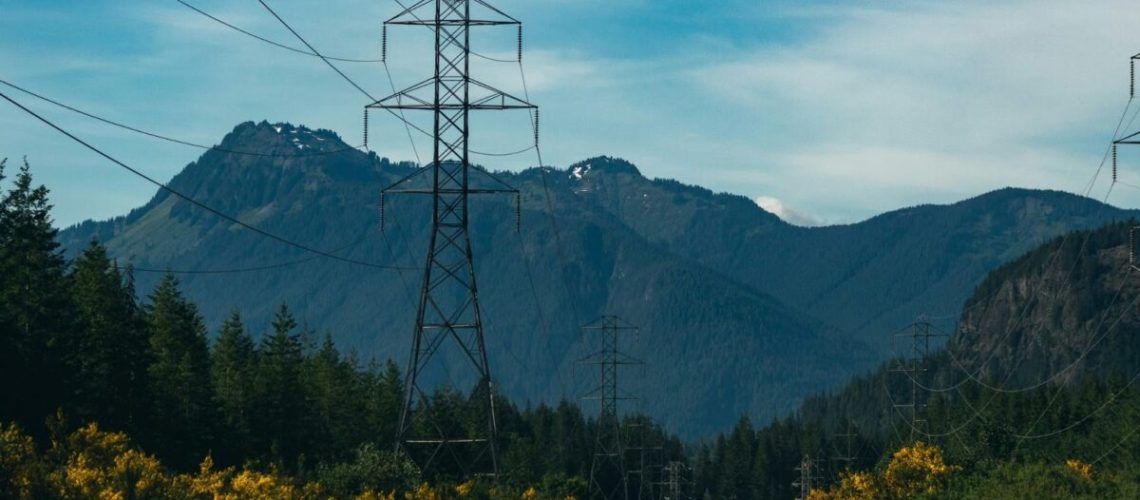While the Federal Energy Regulatory Commission’s Order 1920 could provide a step forward, many regions continue to struggle with implementing effective cost-sharing frameworks.
Clean energy development and electricity demand are surging nationwide, but America’s transmission network is struggling to keep pace.
As it stands, federal estimates suggest transmission capacity must increase by 60% by the end of the decade and triple by 2050. Utilities, regulators and policymakers all agree on the need for new power lines, but there’s little consensus on the next move.
A key question remains: Who should foot the bill for the country’s much-needed grid expansion?
“Cost allocation is a big barrier to transmission,” said Rob Gramlich, the founder and president of Grid Strategies LLC, adding that the current system lacks direction. “The bulk power network is like a highway that benefits everybody, so it’s not really possible to charge each car that gets on the highway and still get the infrastructure built that we need.”
And, he added, regulators have to determine how to distribute the costs across everybody who benefits from it.
Order 1920 from the Federal Energy Regulatory Commission (FERC) requires each regional grid operator to establish policies for sharing costs and integrate long-term forecasts into their planning. While it could help shore up the grid, Gramlich cautioned that most regions still lack clear frameworks.
“Everybody looks at everybody else and wants them to pay for it,” he said. “What FERC has required is that every region figure out a cost allocation policy within the Federal Power Act’s beneficiary-pays rule, but there are different ways to do that.”
Regional grid operators do play a key role in planning transmission expansion, but they must work with state regulators to determine how costs are divided.
Some regions have developed their own methods: MISO, for instance, evaluates the economic benefits in each utility area. SPP uses a “highway/byway” approach, where high-voltage lines are paid for evenly by each utility, and lower-voltage lines are allocated more locally.
“If we had perfect modeling tools, we could allocate costs and benefits with more precision,” Gramlich said. “Usually there’s a fair amount of uncertainty, so simpler systems like the highway/byway approach tend to work better.”
The lack of interregional transmission planning also poses a challenge. In Gramlich’s eyes, two key actions could improve that coordination.
“First, establish a minimum transfer capacity between neighboring regions as an insurance policy,” he said, noting that this move would also help reinforce the grid against extreme weather. “Second, require neighboring regions to undergo a coordinated planning process using the same methodologies as intraregional planning under Order 1920.”
He also points to grid-enhancing technologies (GETs) as a potential solution, though adoption has been slow. There’s a mismatch between utility incentives and consumer benefits, Gramlich said, because lower-cost operational changes don’t help a utility’s bottom line as much as large capital investments do.
“Unless incentives change,” he added, “Regulators will need to mandate GET deployment” as part of taking a more proactive rather than reactive approach to transmission buildout.



